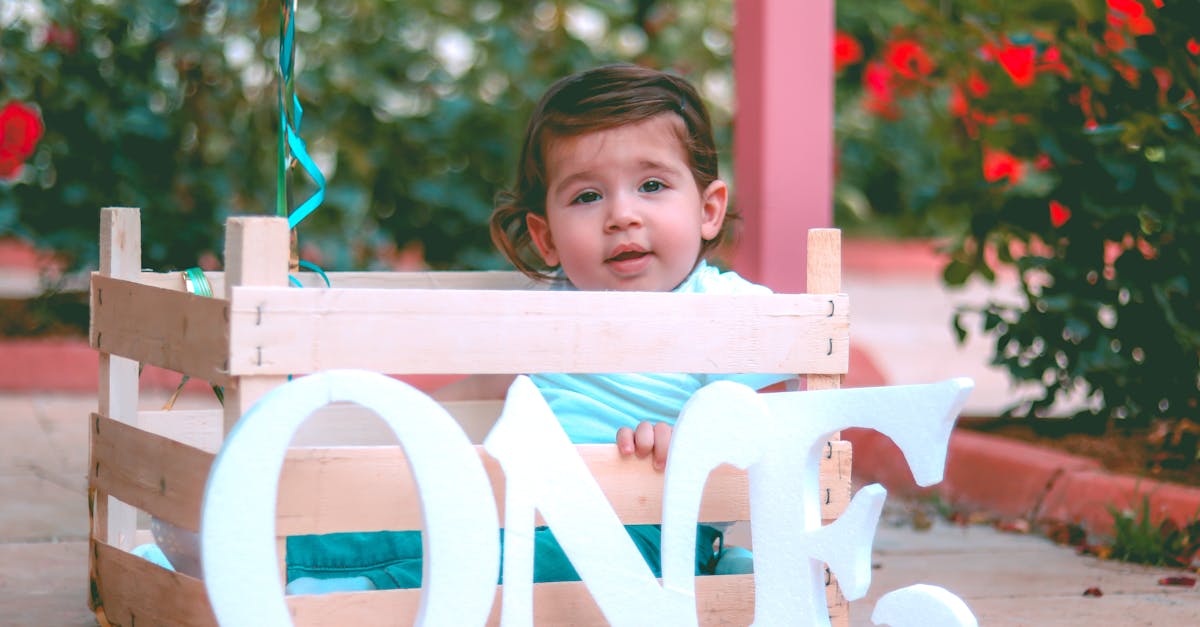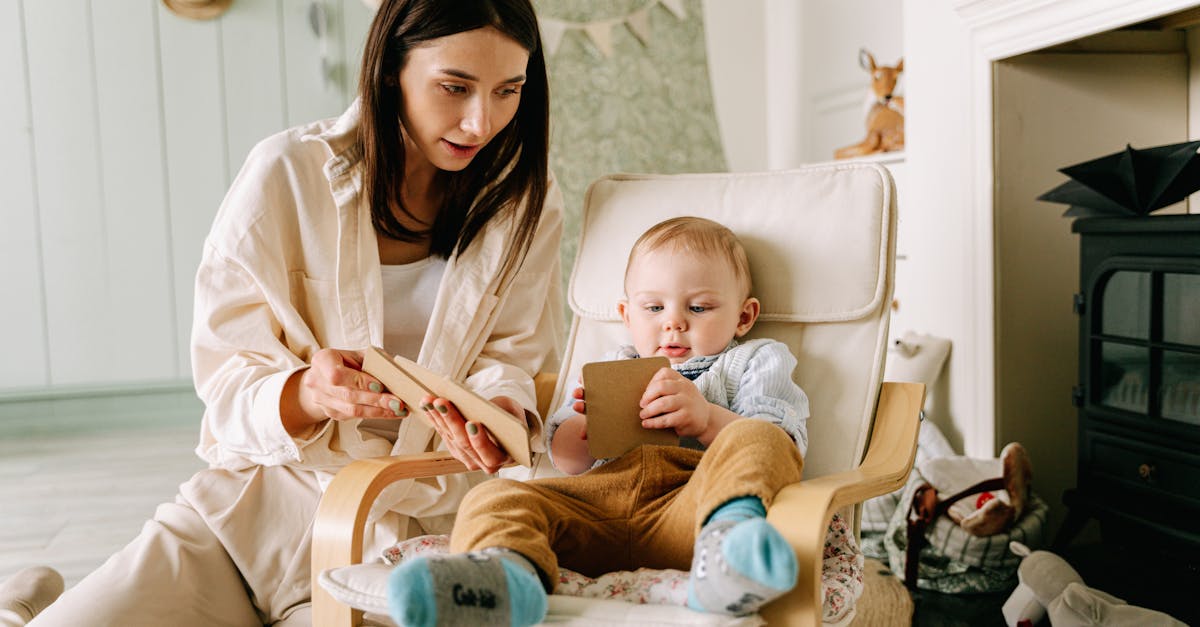The First Month: Blurry Beginnings
Newborns’ vision is a bit like looking through a foggy window. This means they see the world in blurry shapes and shadows. Most of their focus is on things 8-10 inches away, typically your face while feeding. They love high-contrast patterns (black and white swirls are a hit!). Your baby might even cross their eyes sometimes – it’s all part of the show. Right now, bright lights and bold patterns catch their attention best. So, don’t worry if they’re not enthralled by your pastel-colored nursery wall just yet.
Comment below: Did your baby stare at your nose or your eyes? We’d love to hear!

Two to Four Months: Discovering Colors
By the time your baby is around two months old, those fuzzy shapes start turning into distinguishable objects. Colors become more interesting, especially reds and greens. You might notice your baby tracking objects with their eyes, especially moving toys. This stage is like when you upgrade from a black-and-white TV to color – everything’s suddenly more vibrant. Remember that every baby develops at their own pace, so if they aren’t following a toy with their eyes yet, don’t panic. Instead, play games that encourage eye movement.
Real talk: What was the first color your baby reacted to?

Five to Eight Months: Depth Perception Magic
Around five months, your baby begins to develop depth perception. This allows them to see the world in 3D and grab objects. This period may entail lots of giggles as your baby reaches out for toys, rattles, and maybe even your hair (ouch!). They also start to recognize familiar faces from a distance. During this time, you might notice your baby reaching accurately for objects. Consider this the ‘my world is within my reach’ phase.
Let us know in the comments: what’s the funniest thing your baby has grabbed?

Feel free to share your experiences in the comments section!
Nine to Twelve Months: Recognizing Faces
By nine months, babies start to become little experts at recognizing faces, including their own in mirrors. They can distinguish between familiar and unfamiliar faces, which leads to the delightful game of peek-a-boo. This recognition ability also means more attachment and possibly more separation anxiety. It’s an emotional rollercoaster, folks. Offering consistent reassurance and interactive play can help ease these feelings.
Share with us: what’s your baby’s favorite peek-a-boo spot?

Practical Tips for Parents
To support your baby’s vision development, introduce toys with different textures and colors. Remember to give them stimulation breaks as too much can be overwhelming. Keep rooms well-lit and encourage plenty of tummy time. The magic of mirrors is fascinating for babies as they love seeing their own reflection. If you have any concerns about your baby’s vision, consulting a pediatrician is crucial. Let’s face it – parenting is a journey full of learning experiences, and no one gets it right all the time.
Have you tried the mirror trick with your baby yet? How did your little one react?

